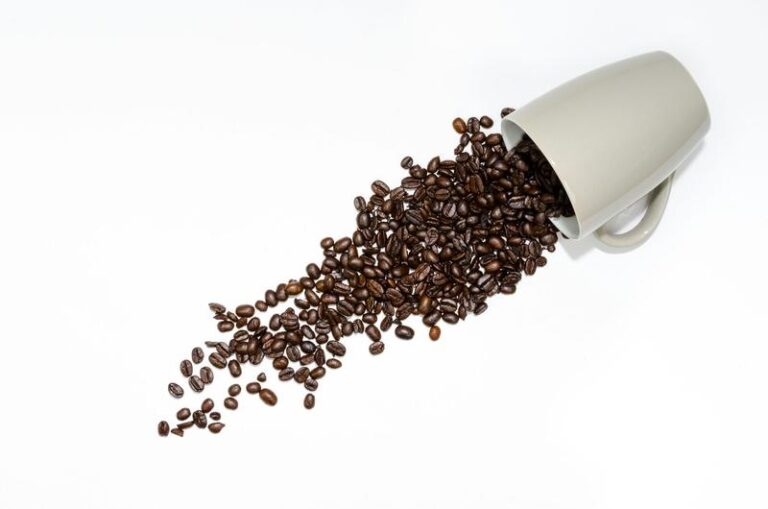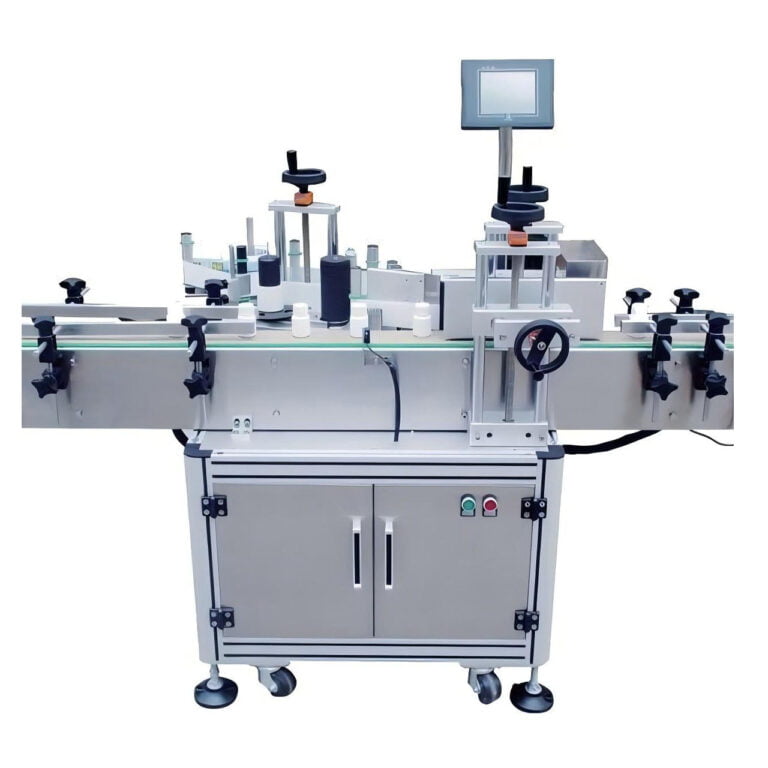How long has it been since you played with toys? Do you still collect toys or cards?
Toys are influential for both adults and children. Disney is the most notable representative of the United States, pushing the idea that adults can be happy too, and has been a favourite all over the world. Lego, on the other hand, is a Swiss staple that is not only enjoyed by children but also has specialized tournaments for adults. Transformers are also popular with children, and Universal Studios is always crowded. Bubble Mart is especially popular in China where adults can relieve their emotional stress by collecting Molly. Montessori education, now popular, is about developing a child’s brain through toys, with eyes, ears, and hands working together to improve perception and increase understanding of things around them.
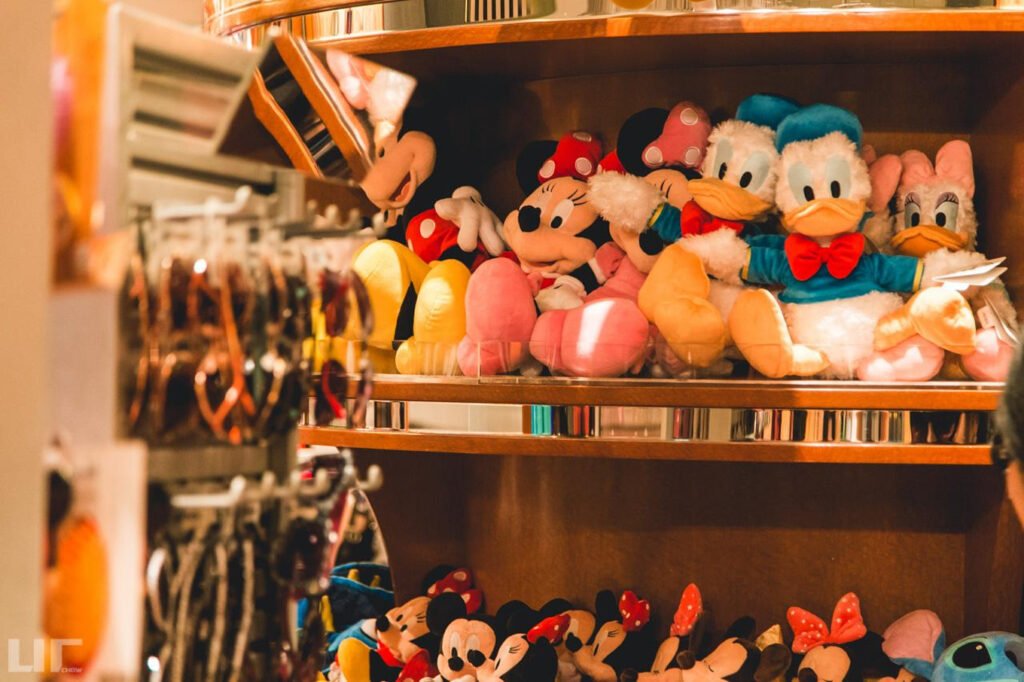
The Benefits of Toys
For adults, toys can help them relieve stress and relax. Various pressures in work or life often make adults feel restless. By playing with children, they can not only forget their worries but also promote parent-child communication and interaction, which can gain psychological satisfaction. Playing with children can also activate the secretion of dopamine and other chemicals in the brain, which is good for slowing down the aging process and not only improving your mood but also contributing to your physical health.
In addition, playing with toys together can help adults understand their children. By observing their children’s behavioural responses and thinking patterns during play, parents can better understand their children’s current growth points and difficulties, and thus provide more reasonable help. This helps to develop empathy in adults.
As for children, different types of toys play an important role in their development. Toys can effectively stimulate the visual, auditory, and tactile systems of children and promote overall development of cognitive skills. They also help children to develop their imagination and learn how to be creative and express themselves through play. Language games are also good for children’s oral expression. In addition, when children are sad, play can help them to divert their attention and regulate their emotions, and they can also learn co-operation and communication skills through peer interaction.
20 Creative Toy Examples
A lot of packaging incorporates product images, branding as well as the company. So it takes effort to layout the product image brand and company logo together in the design. Here we share 20 cute toy outer packaging examples, these examples can inspire you. enjoy!
1. Robot Food Christmas


2. Mad About Dogs

3. Planet O
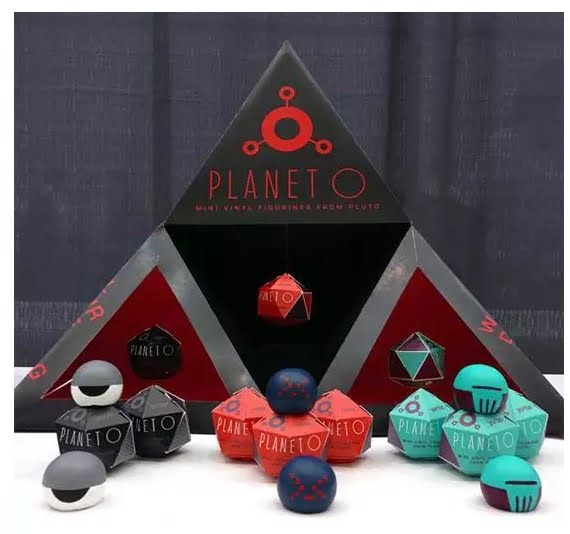
.jpg)
4. DOKAEBEE: Korean monster identity


5. Dinky Toys Redesign
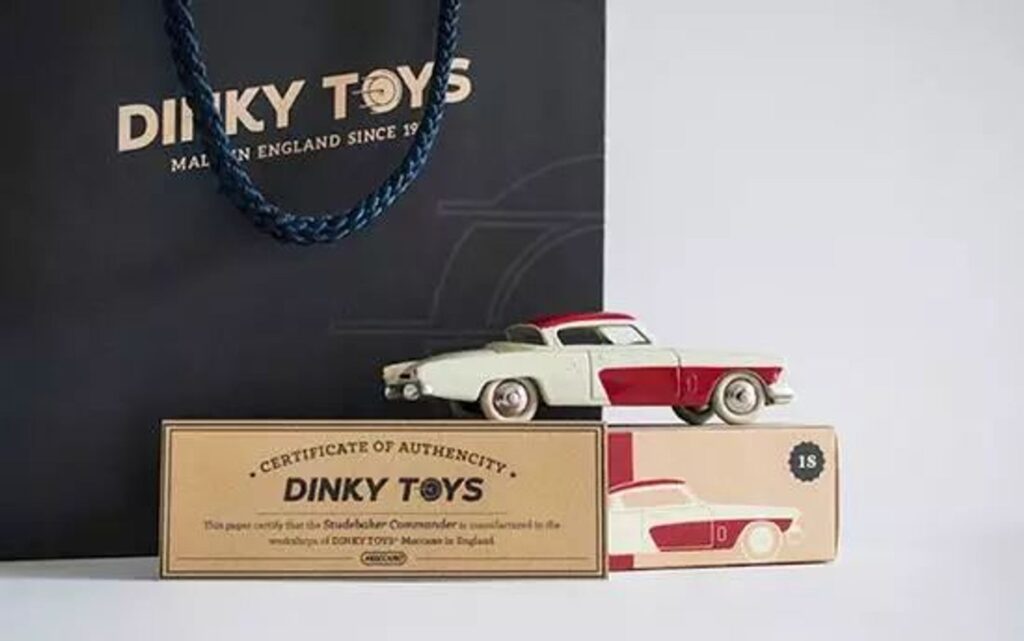
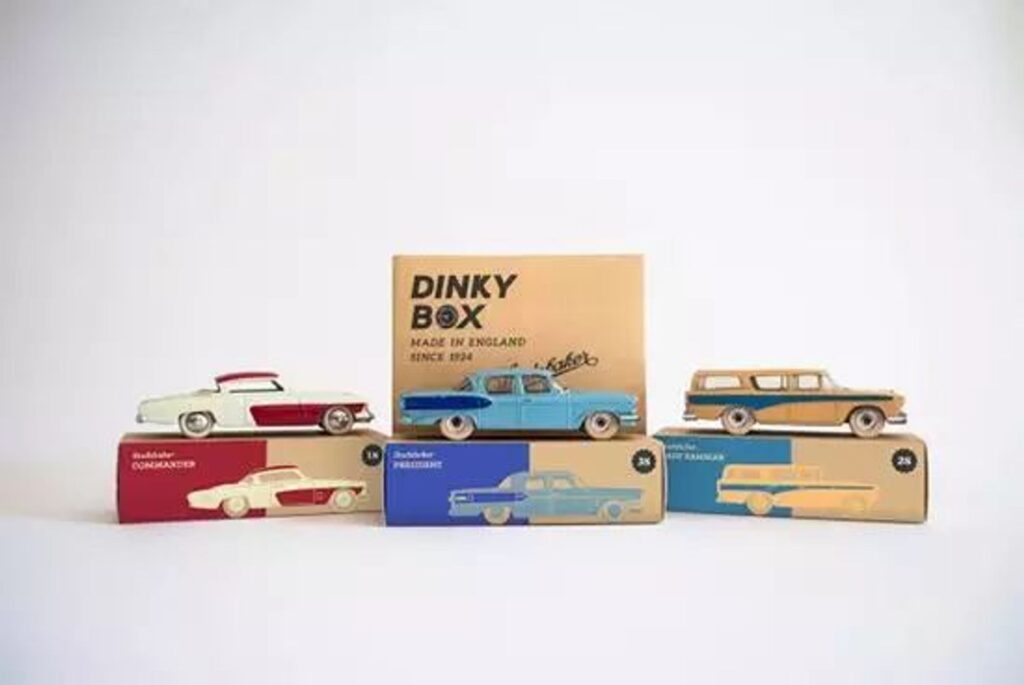
6. Wooden Lego man
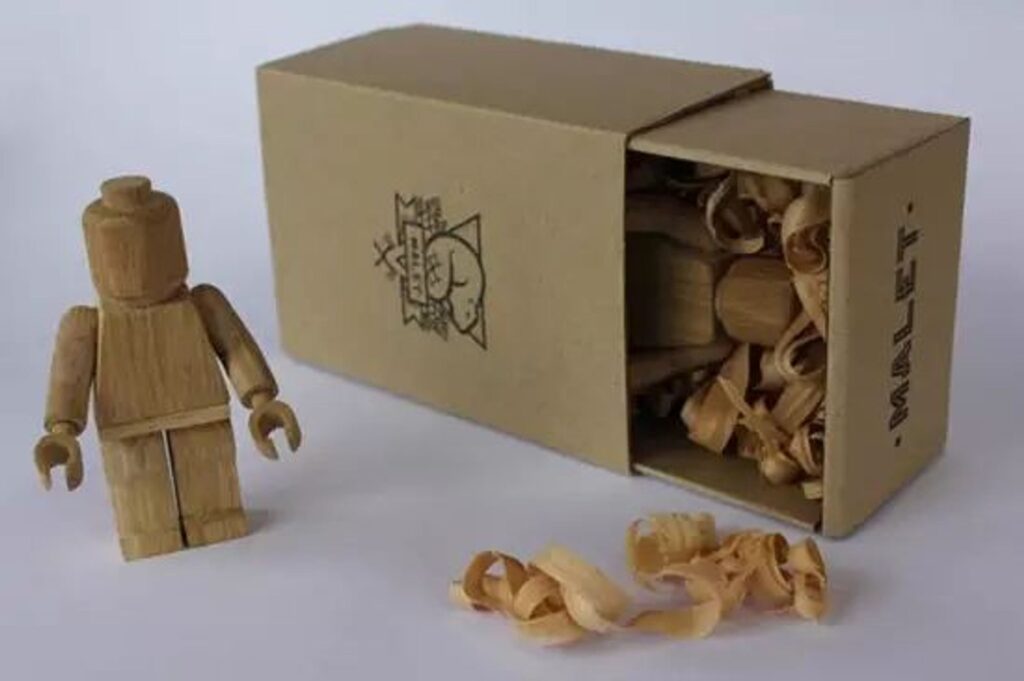
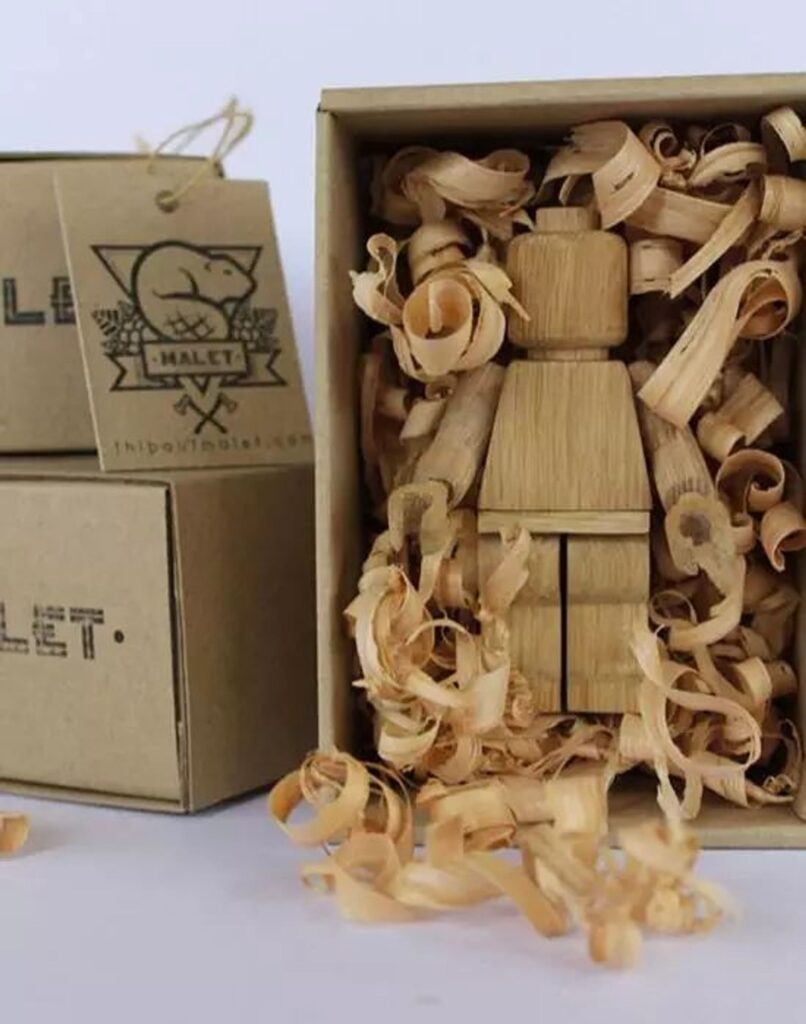
7. Tube Toys
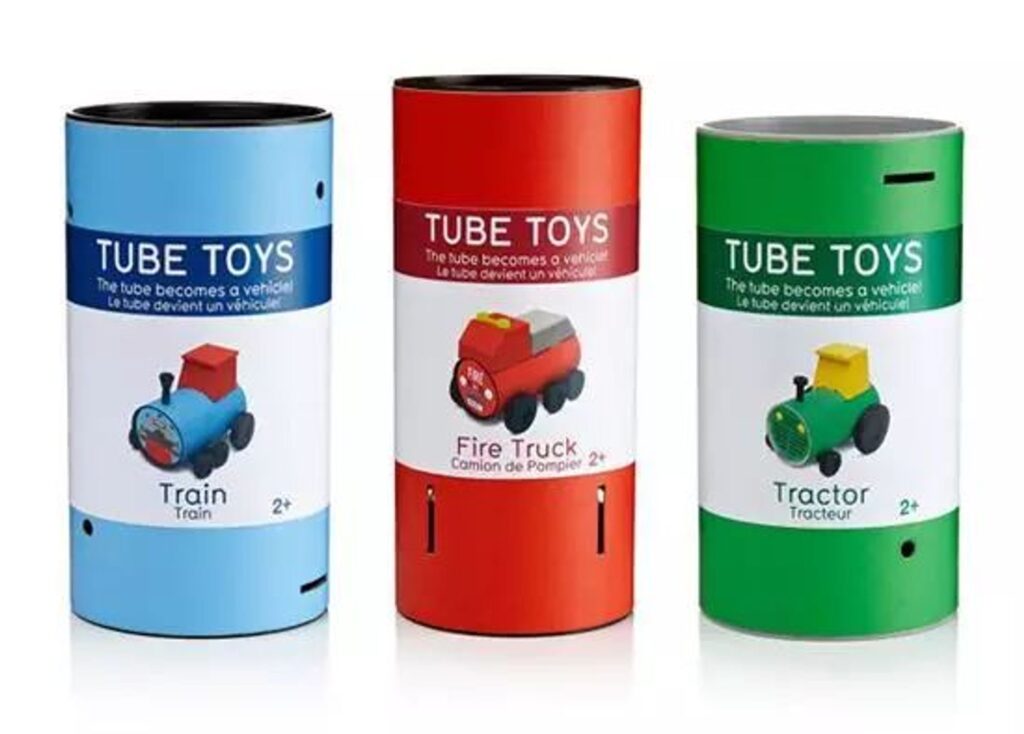
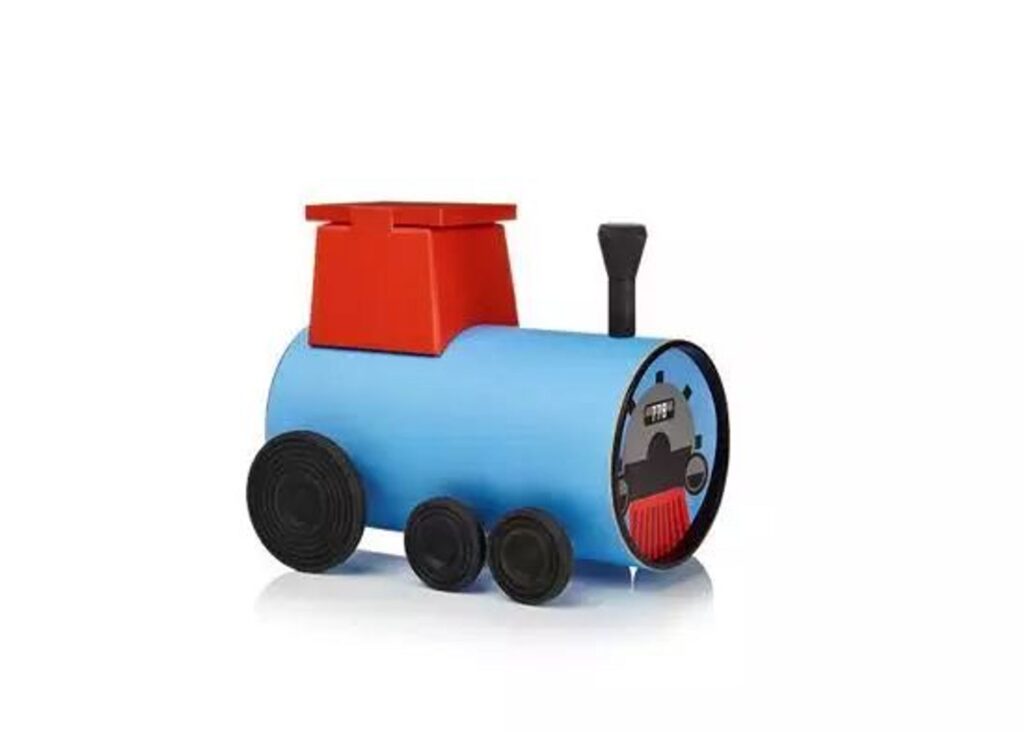
8. CHOMP – Food Chain Puzzle Books
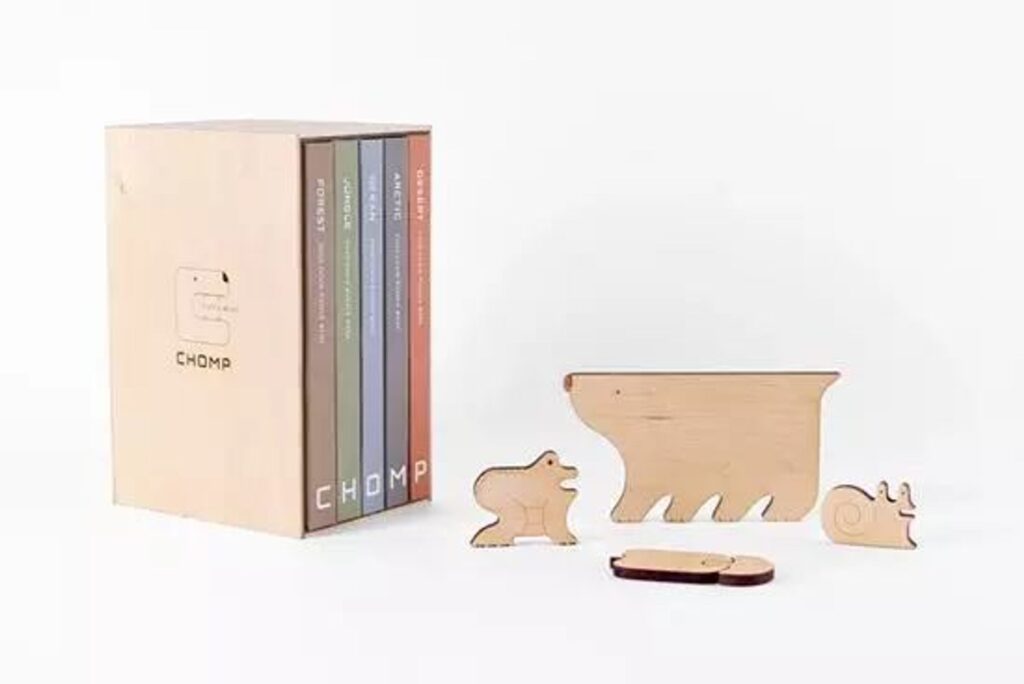
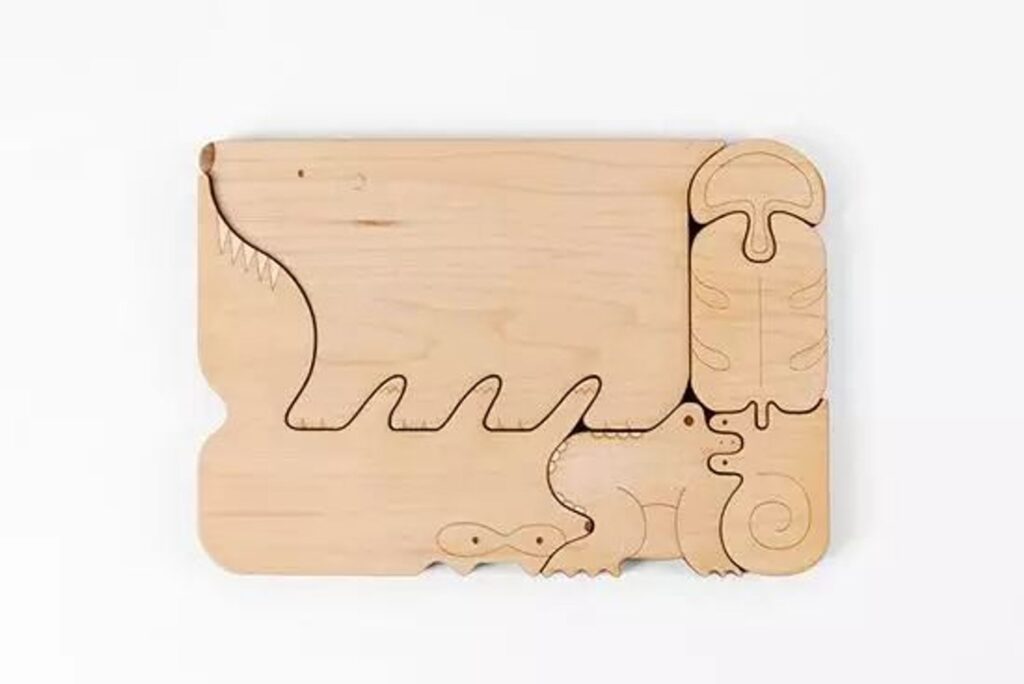
9. Finger Puppet Toy Packaging
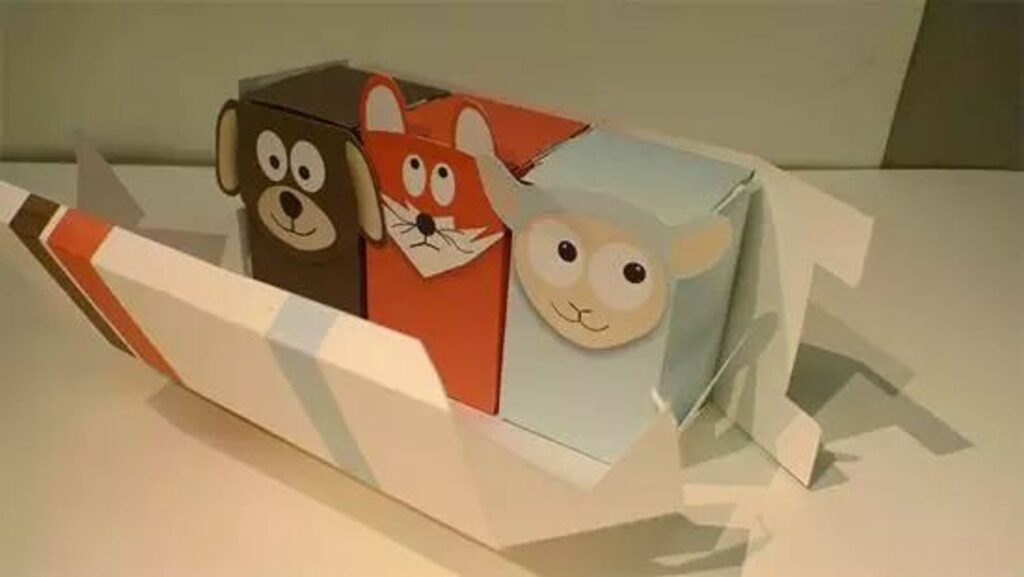
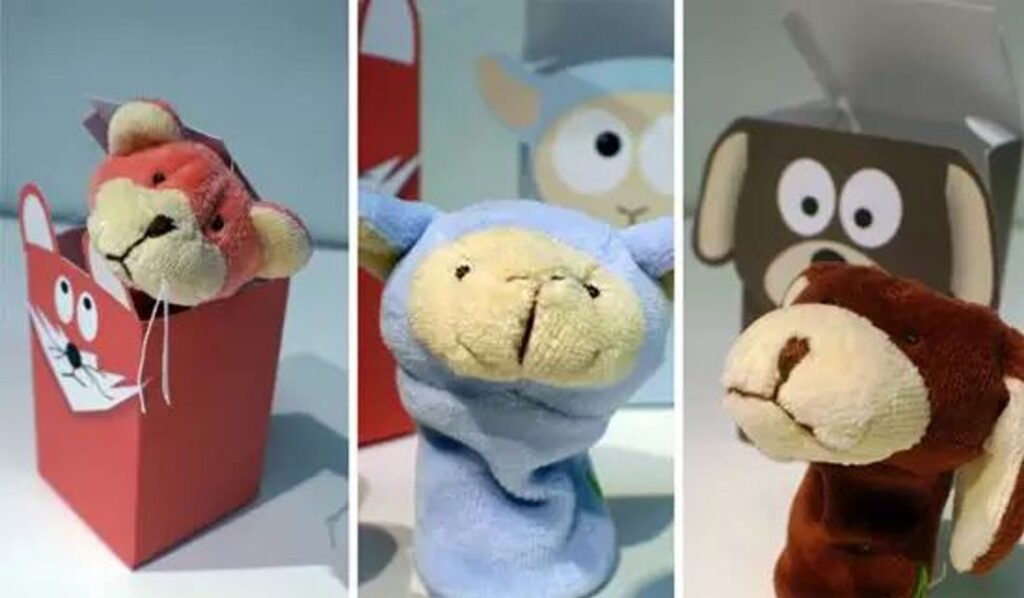
10. Dress Me Up
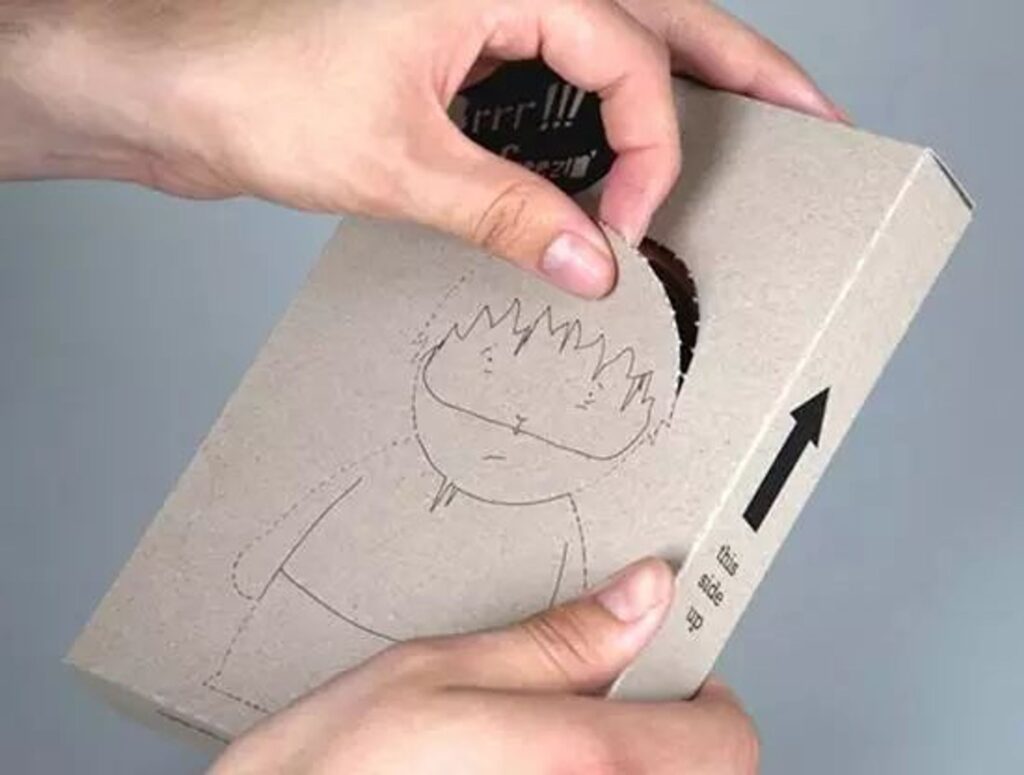
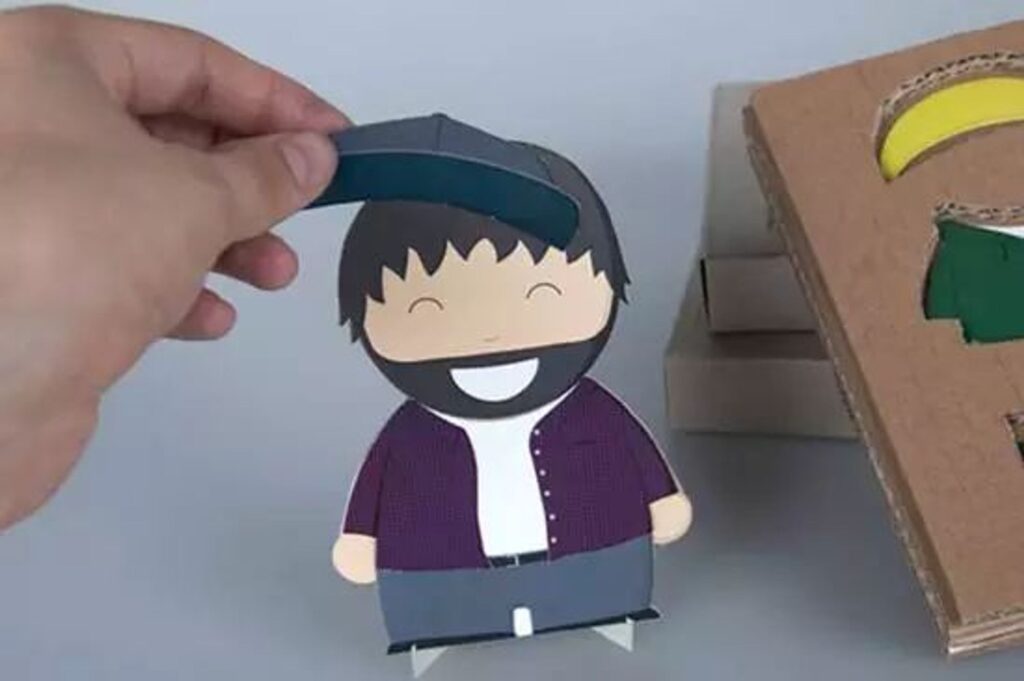
11. Super-Bastard Box Art Characters
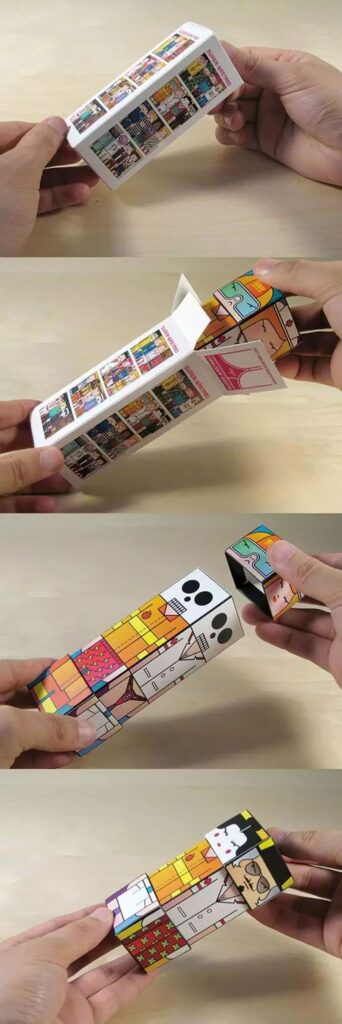
12. Ridley’s The New Kaleidoscope Range
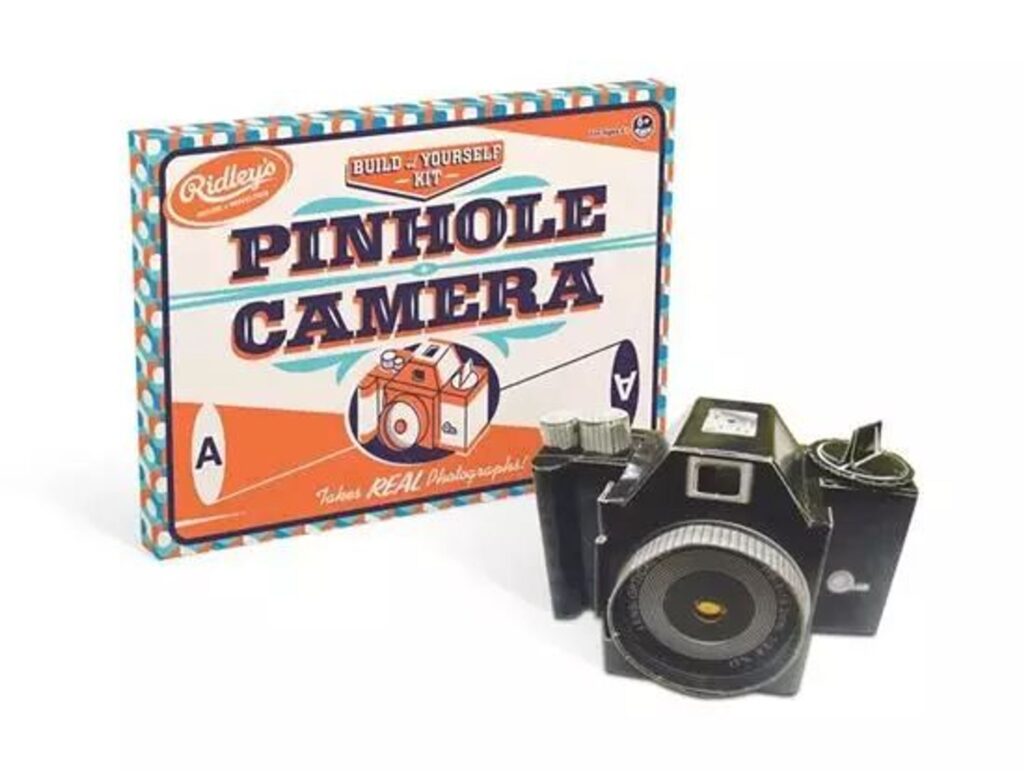
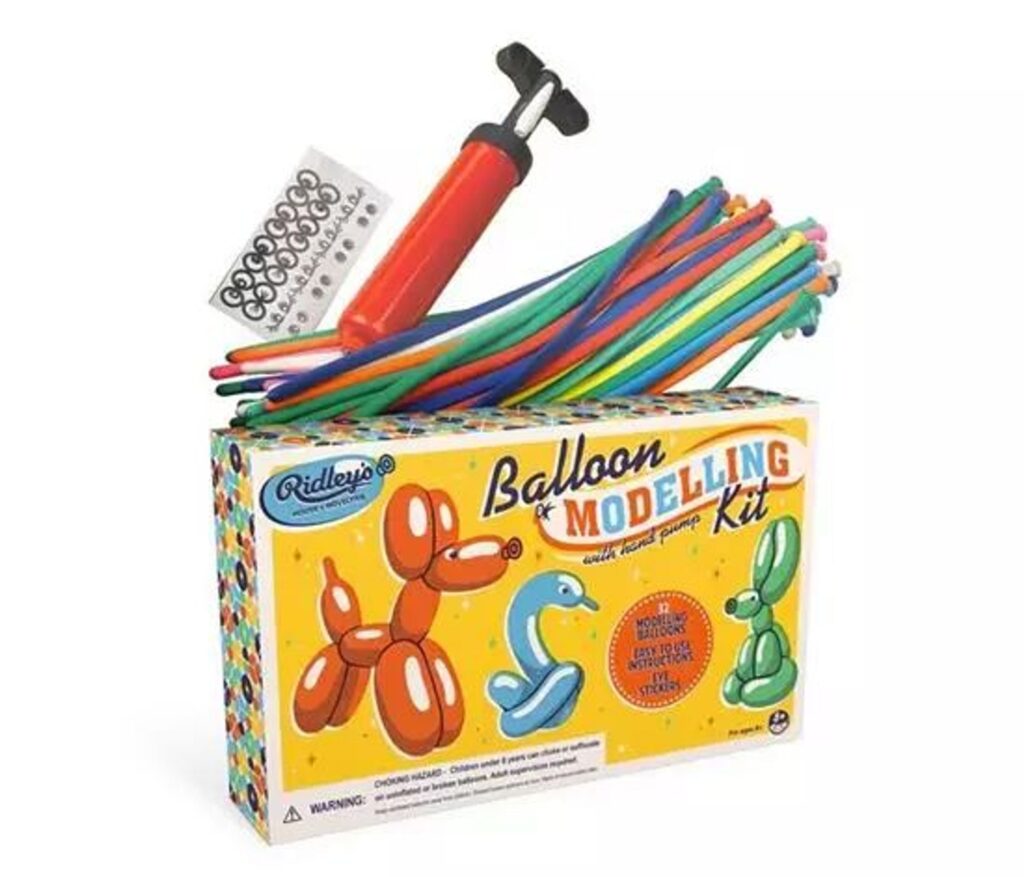
13. BulToys Identity
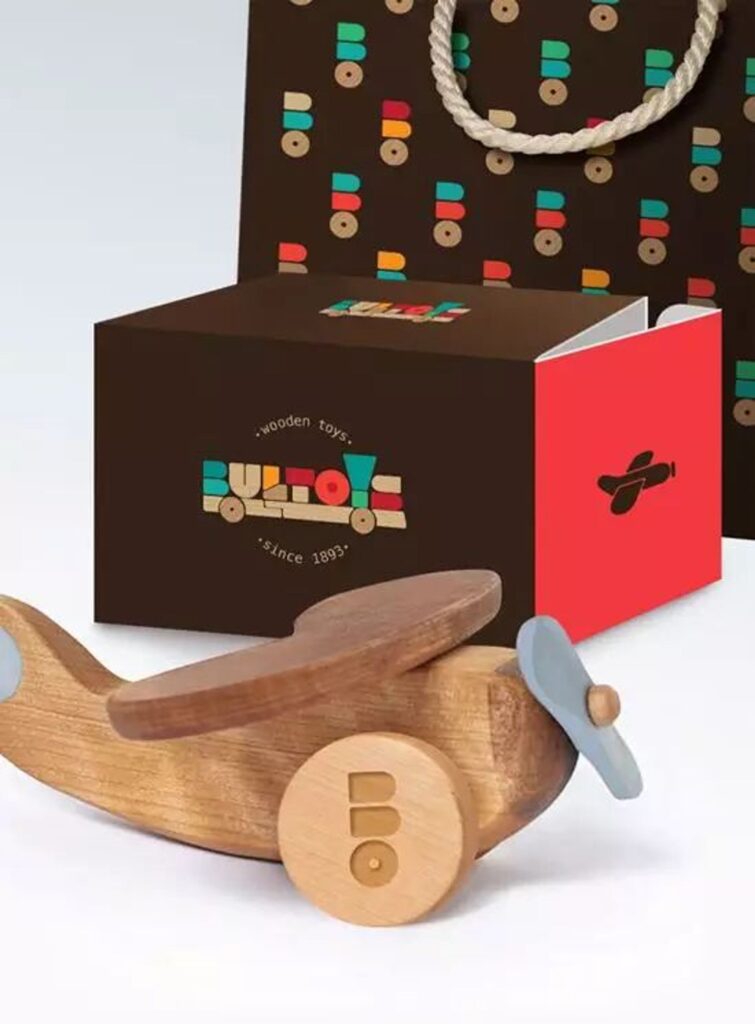
14. Pacman Packaging
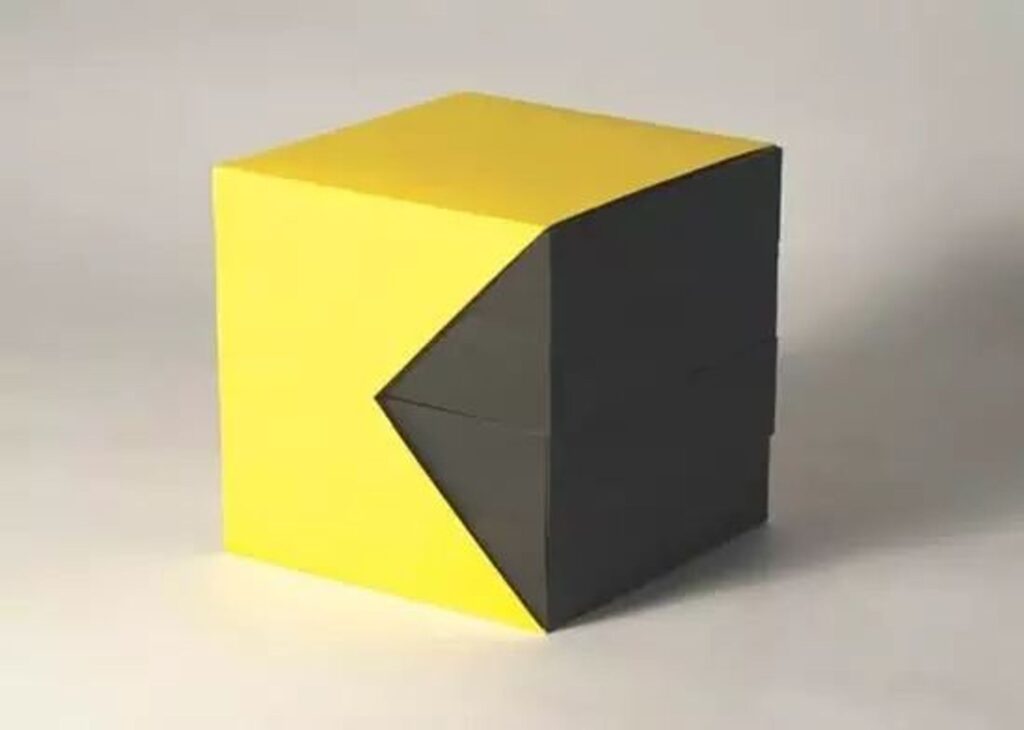
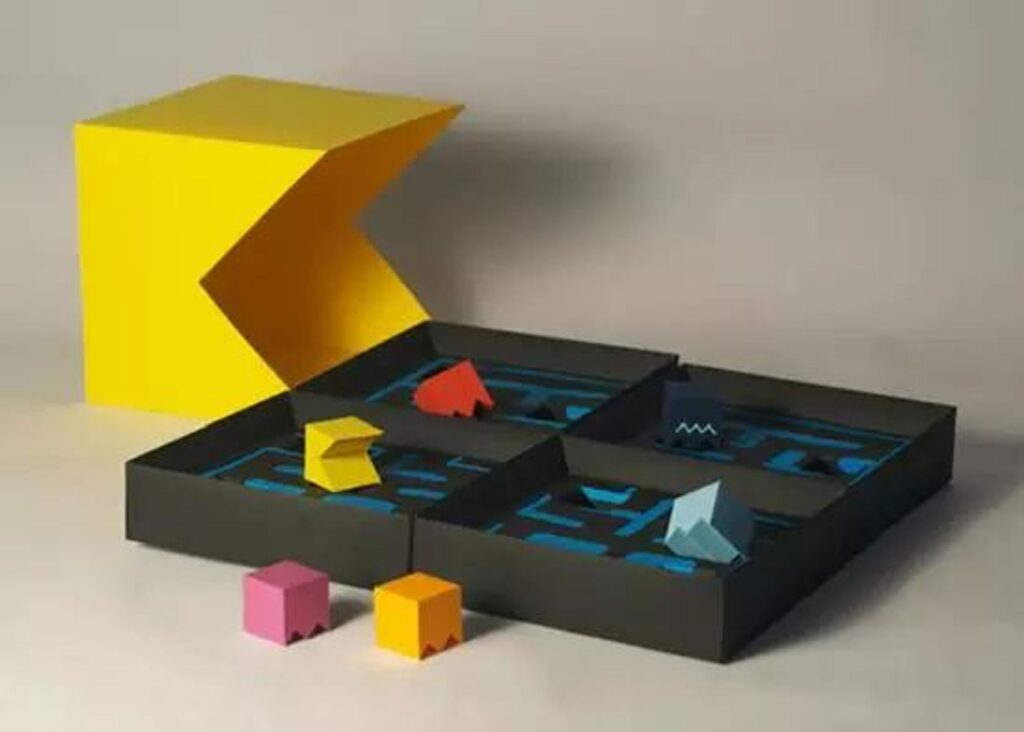
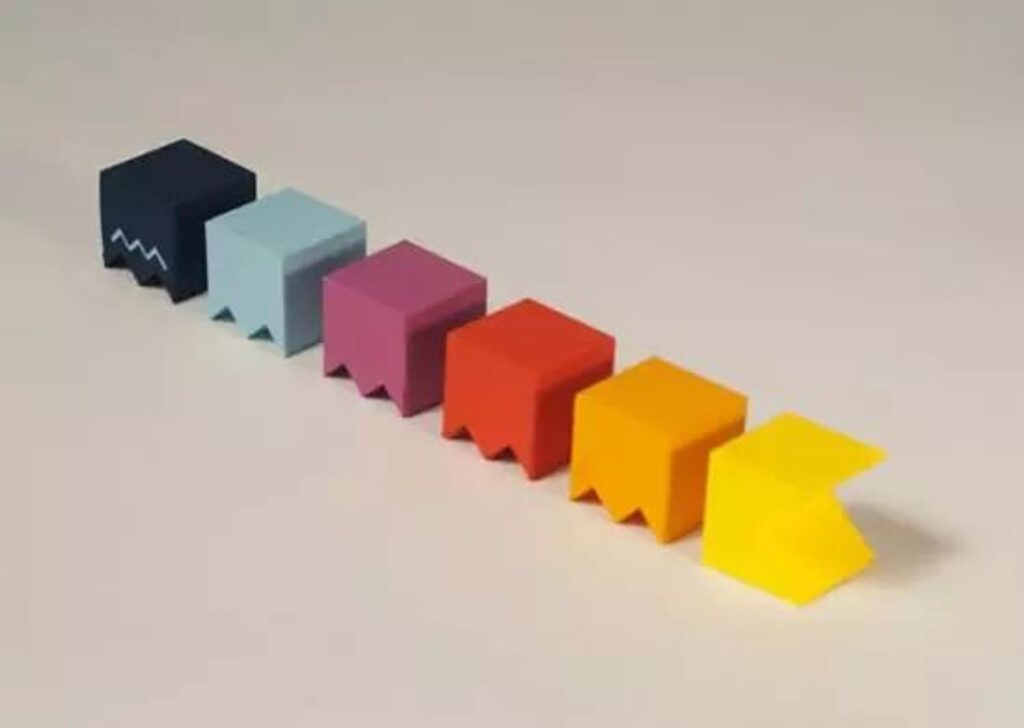
15. Embroidery Starter Kit
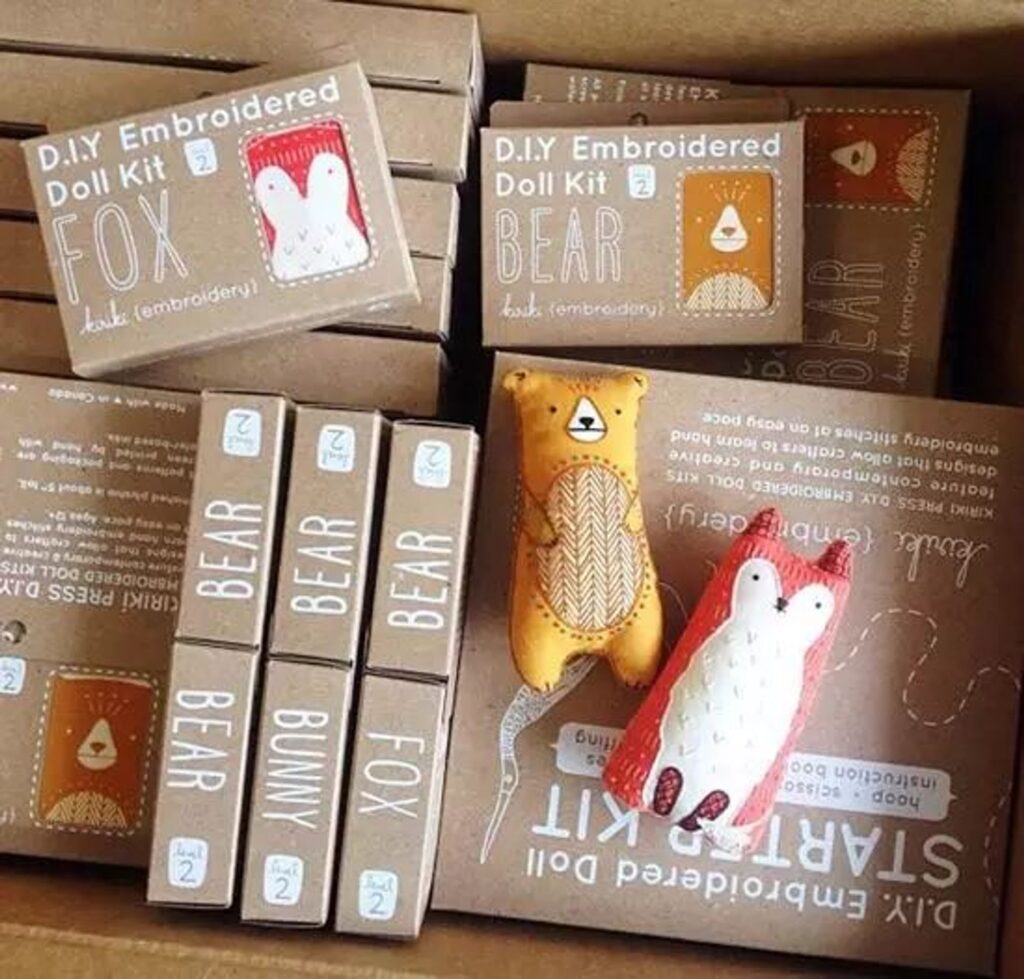
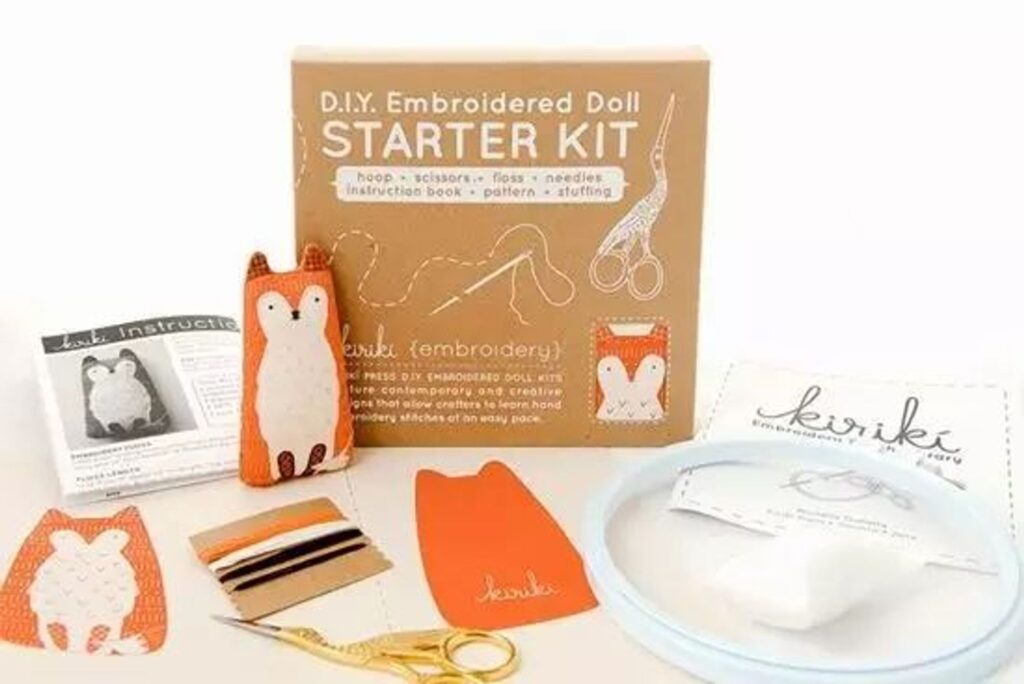
16. EBK Robots
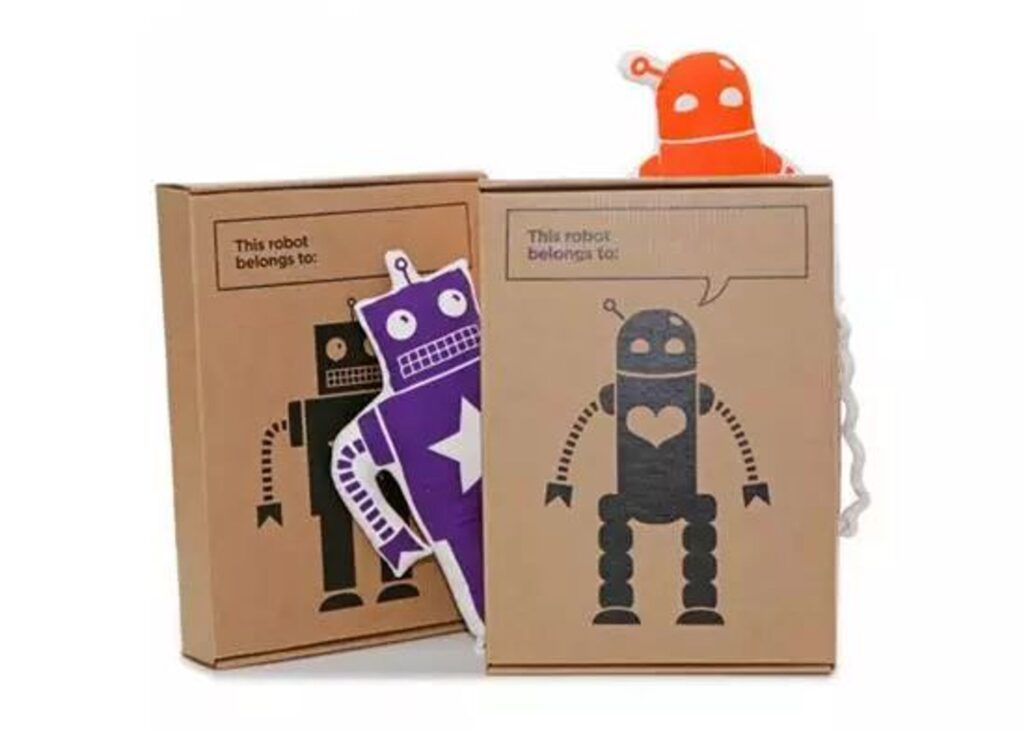
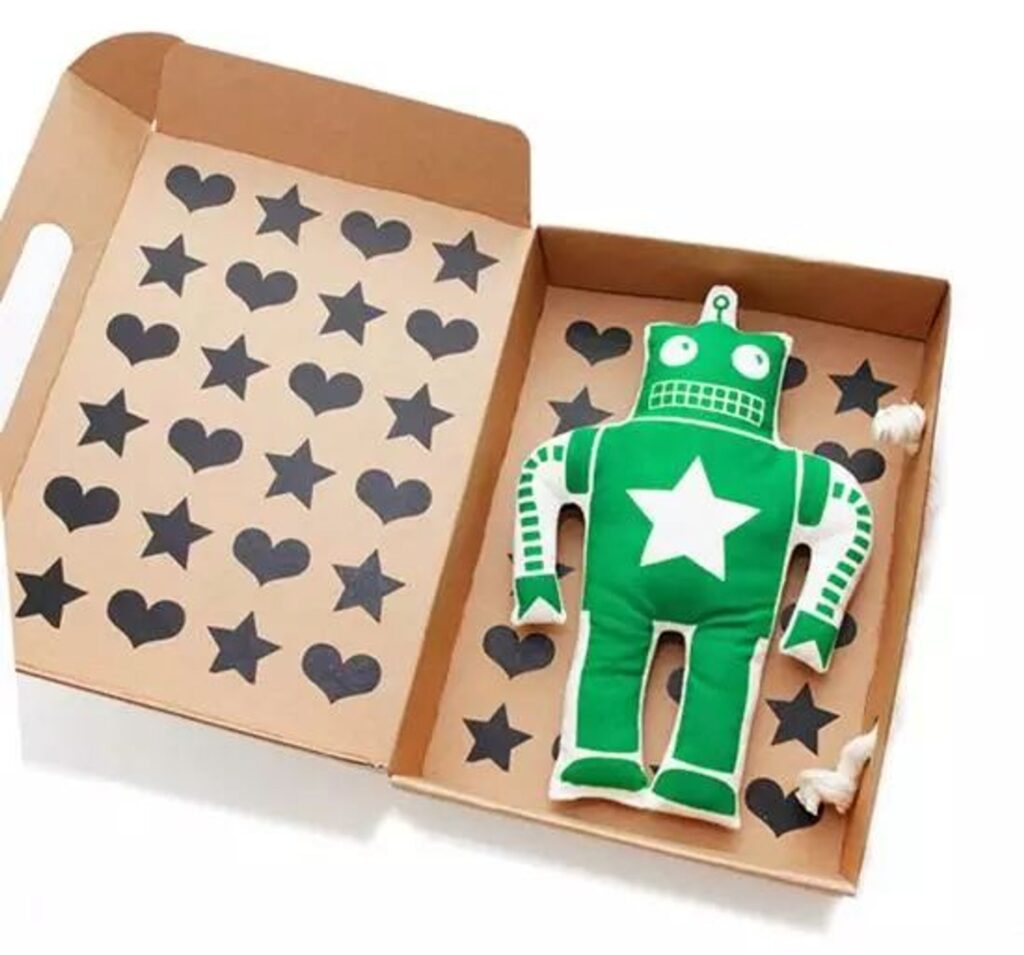
17. Pilot & Captain Turbo Flyer
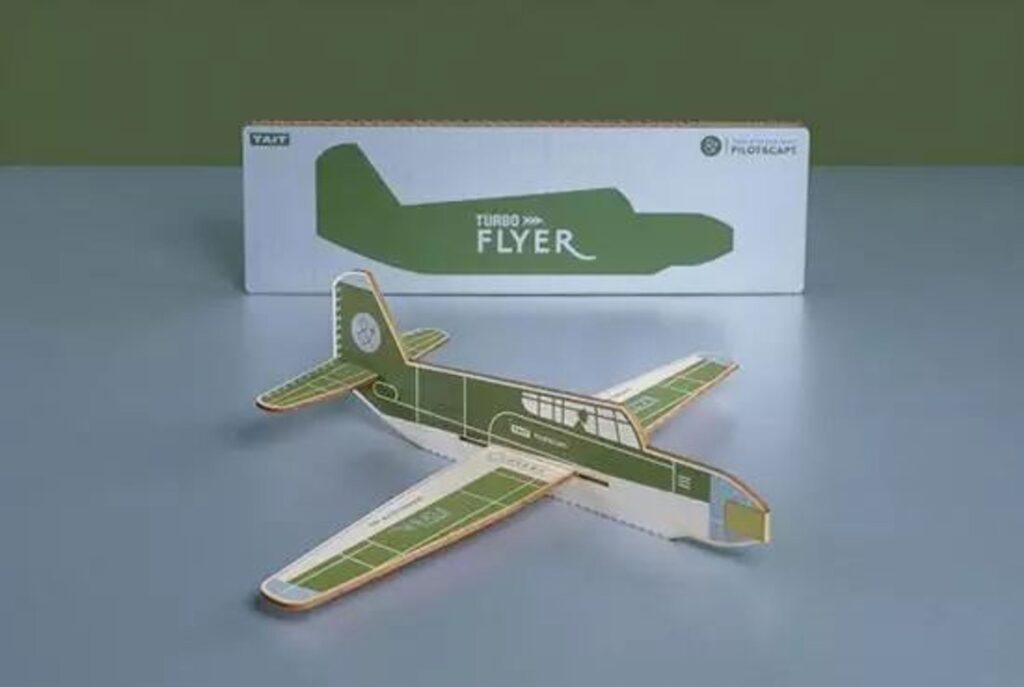
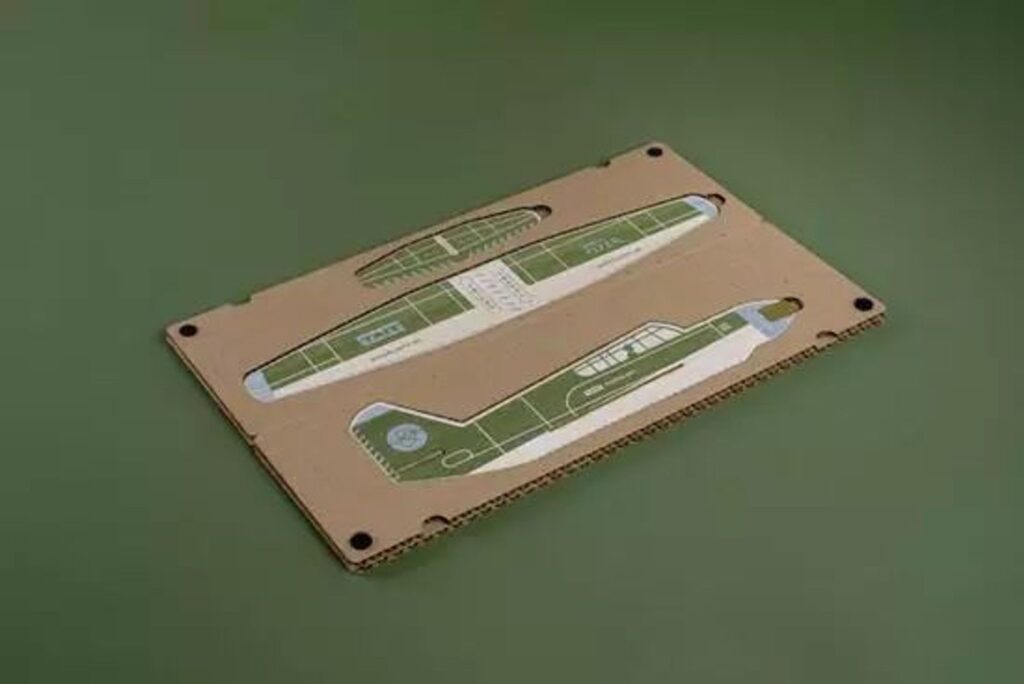
18. Cubetto Playset
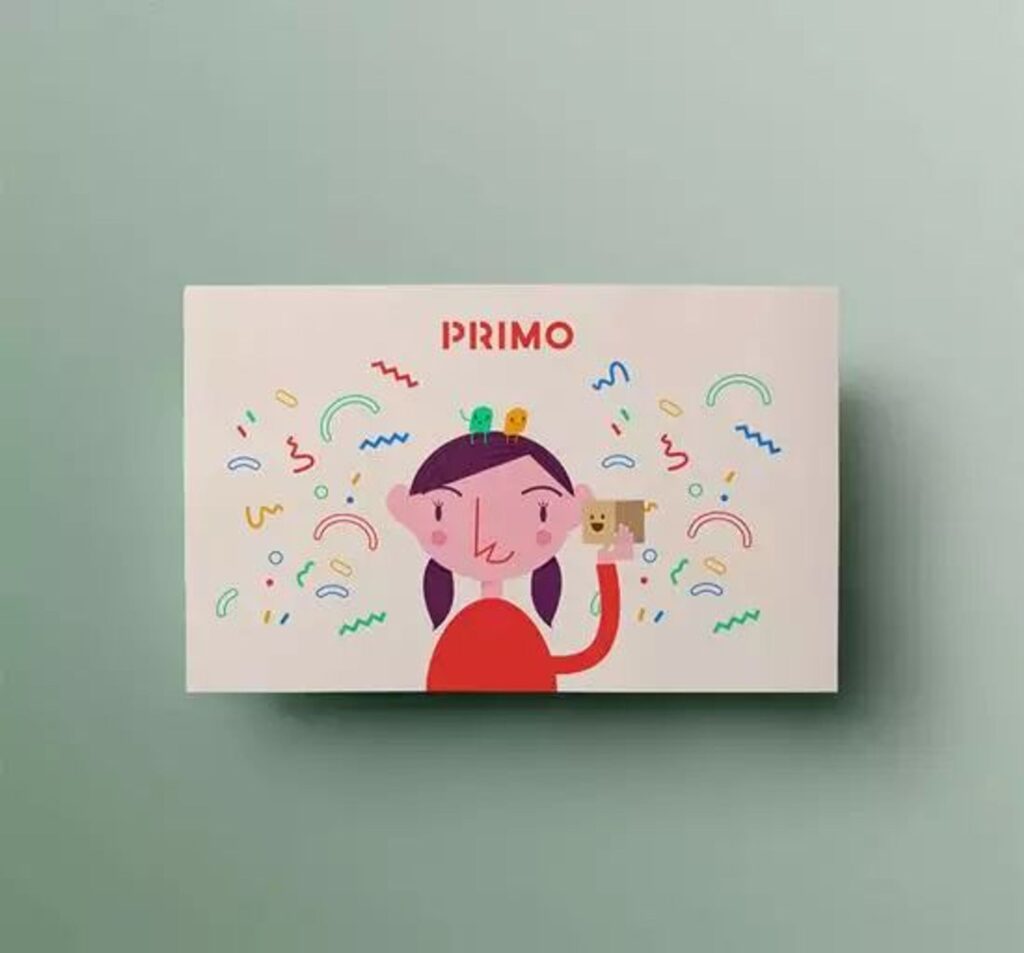
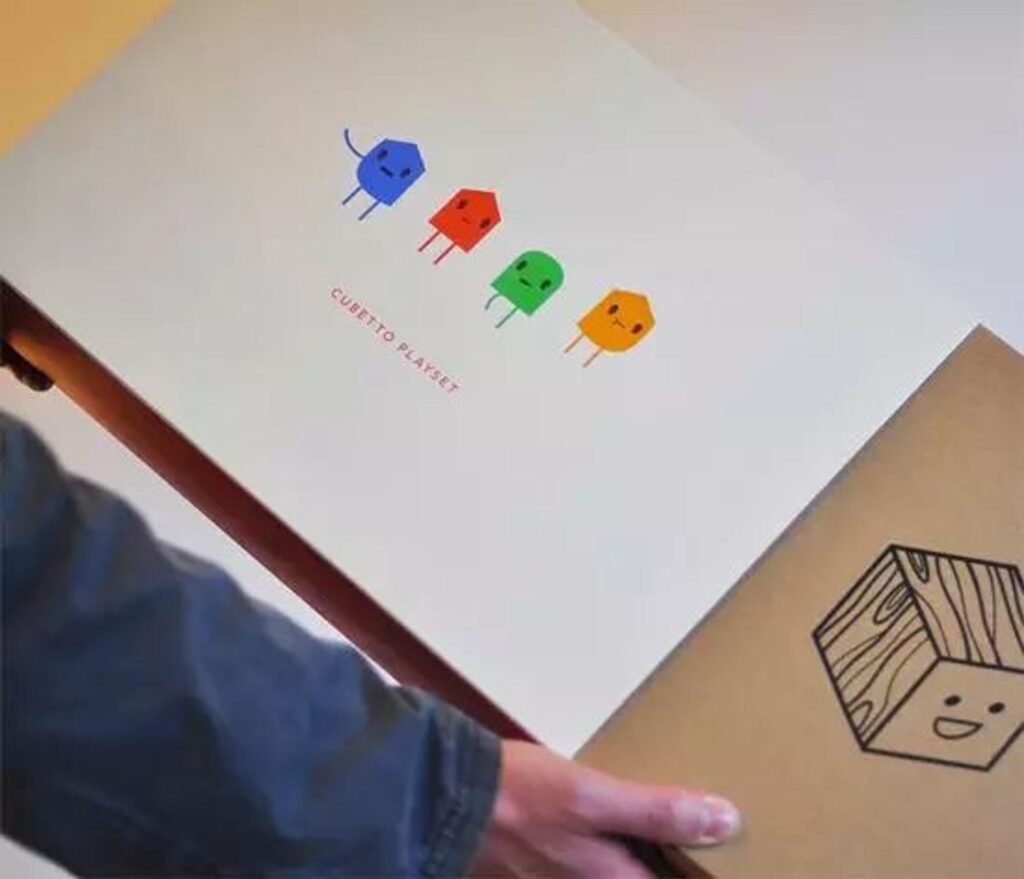
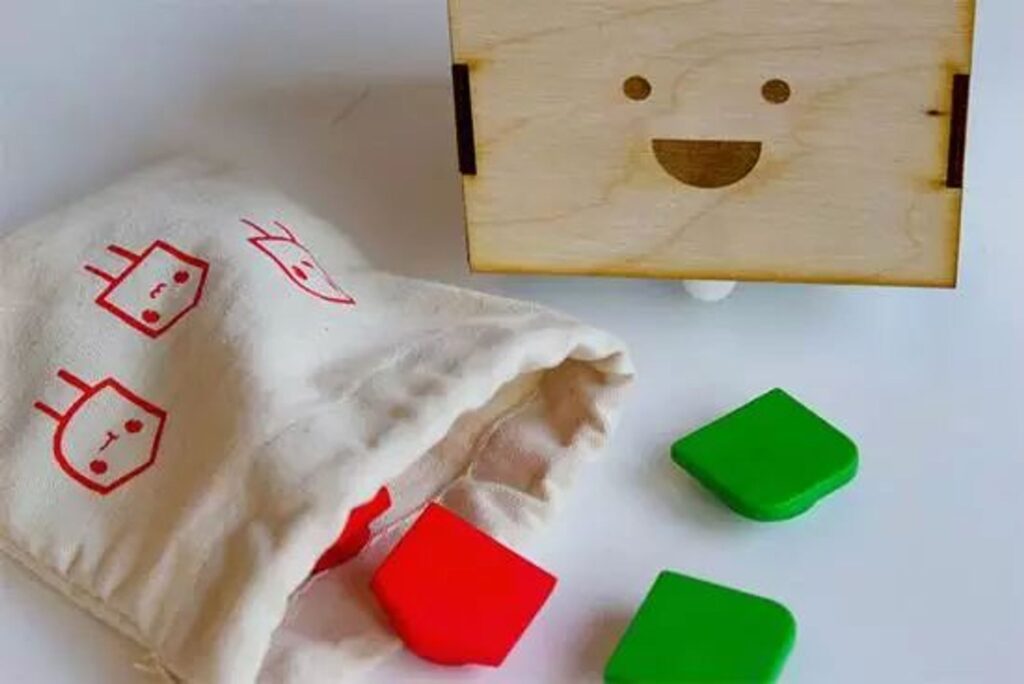
19. Kat Von D Kid Robot Packaging
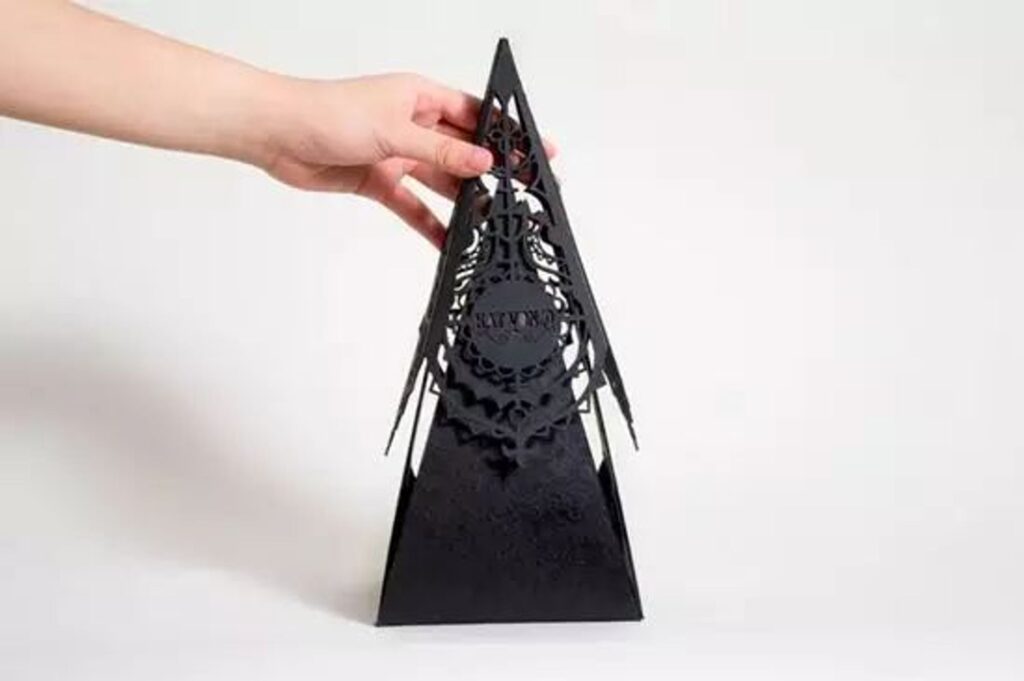
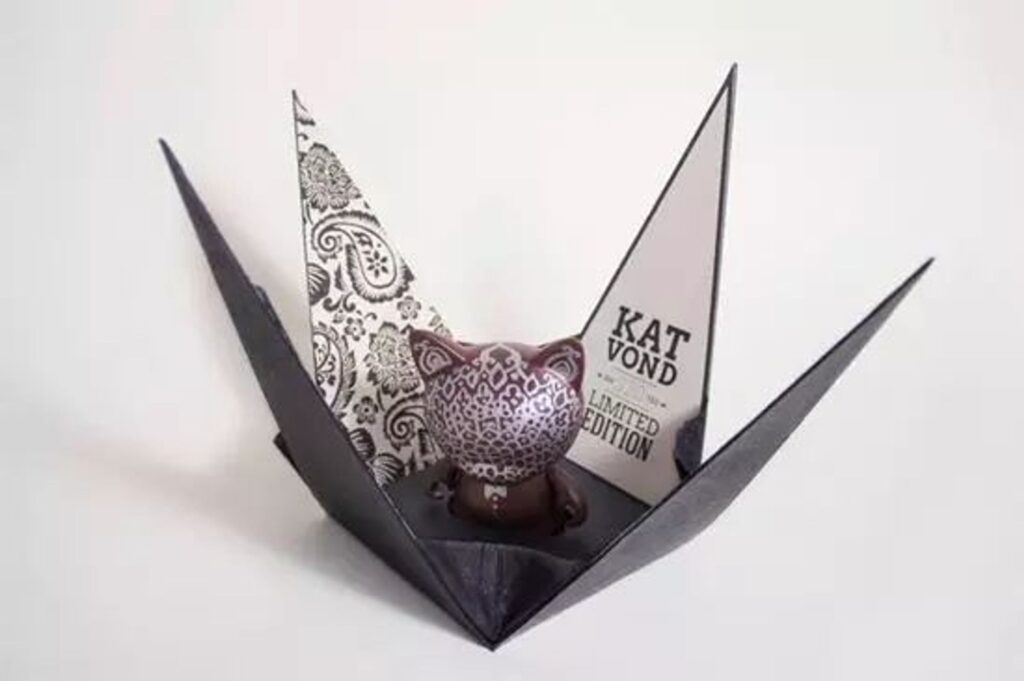
20. Job Hunting Club
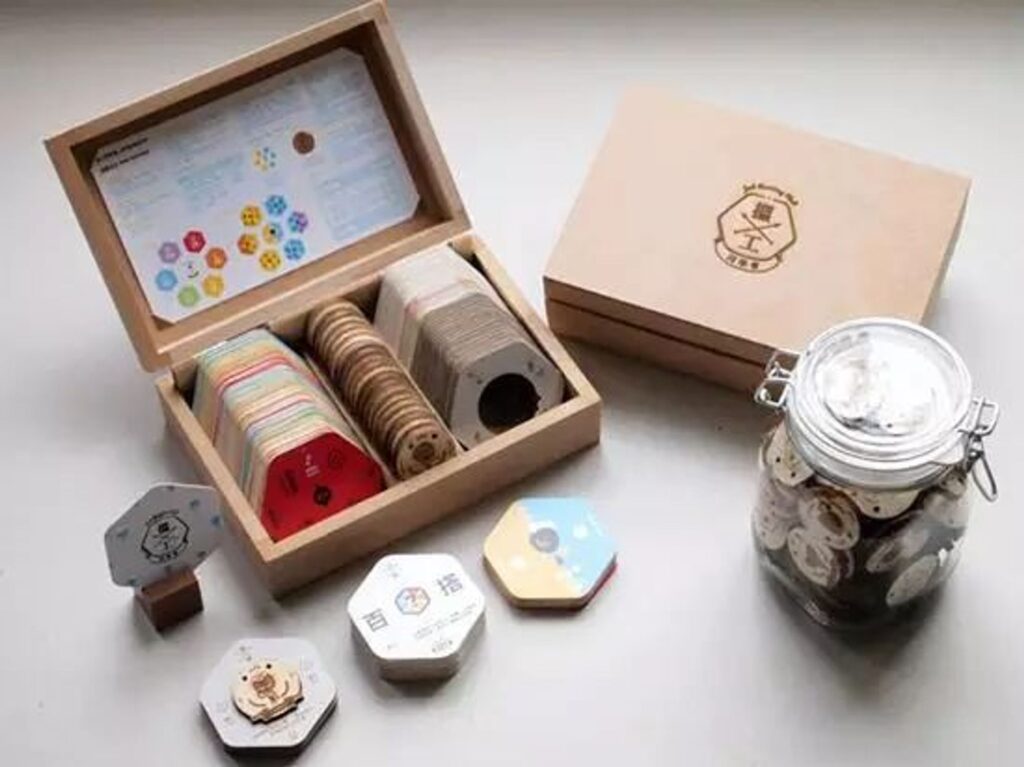
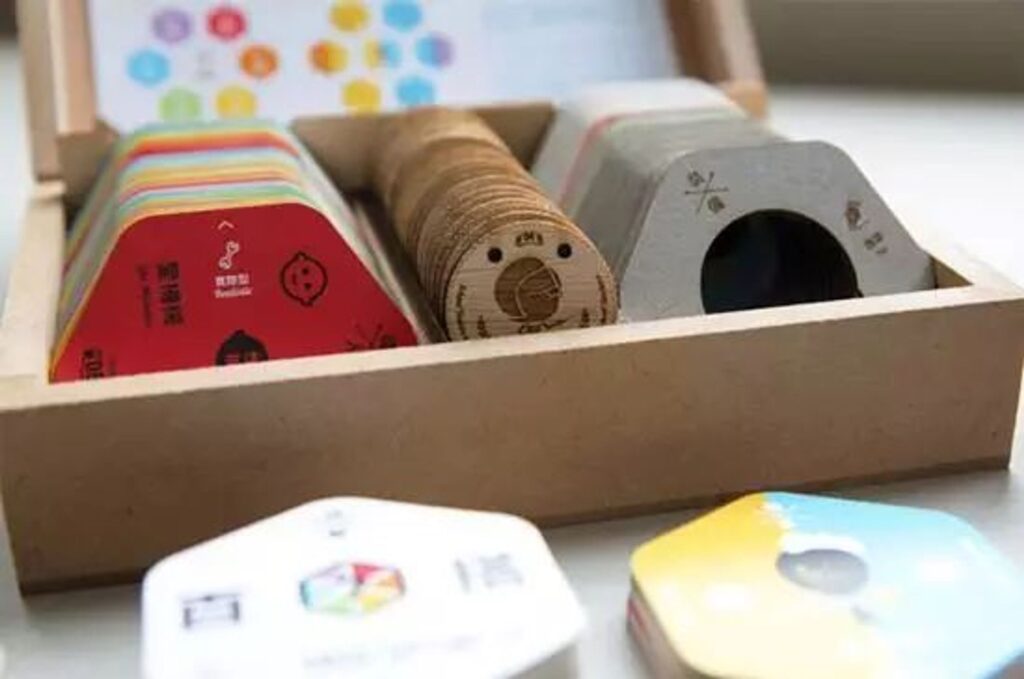
Type of Toy package
Window Box Packaging
This type of packaging uses a rigid transparent cardboard with a window that allows viewing of the product inside. It showcases the product well while being convenient. Suitable for small toys.
Plastic Shell Packaging
A hard plastic or board shell encases the product. It provides good protection but lower visibility. Suitable for medium and large sized toys.This type of packaging is generally divided into two kinds, is the outside can be taken out directly, or there are with a shell, you need to open and take out.
Blister Packaging
Clear plastic films form a removable window to clearly display the product. Offers less durability and higher costs. Suitable for small prestige toys. This type of packaging is the most common, integrated out, and can prevent product movement
Blind Box Packaging
A fully enclosed box contains the product without revealing it. Provides strong protection but no preview. Often used for gift boxes or sets.
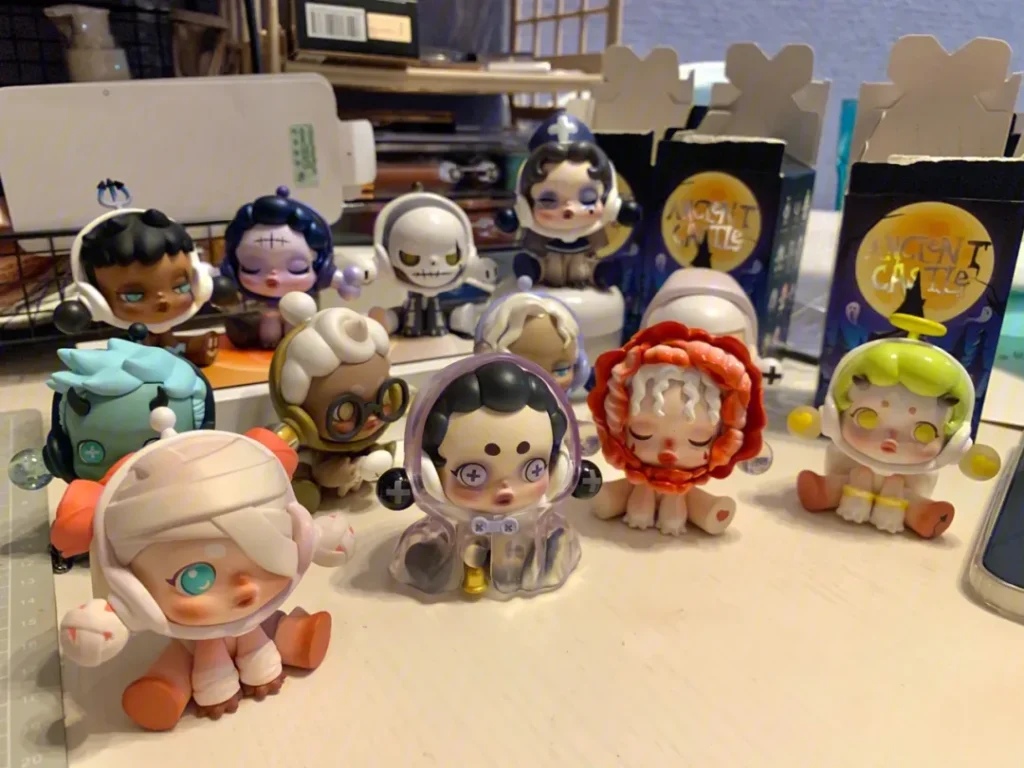
Trading Card Packaging
An opaque outer shell holds a random product inside. Creates collecting excitement. Suitable for cards like Pokemon, Ultraman and capsules toys with surprise elements.
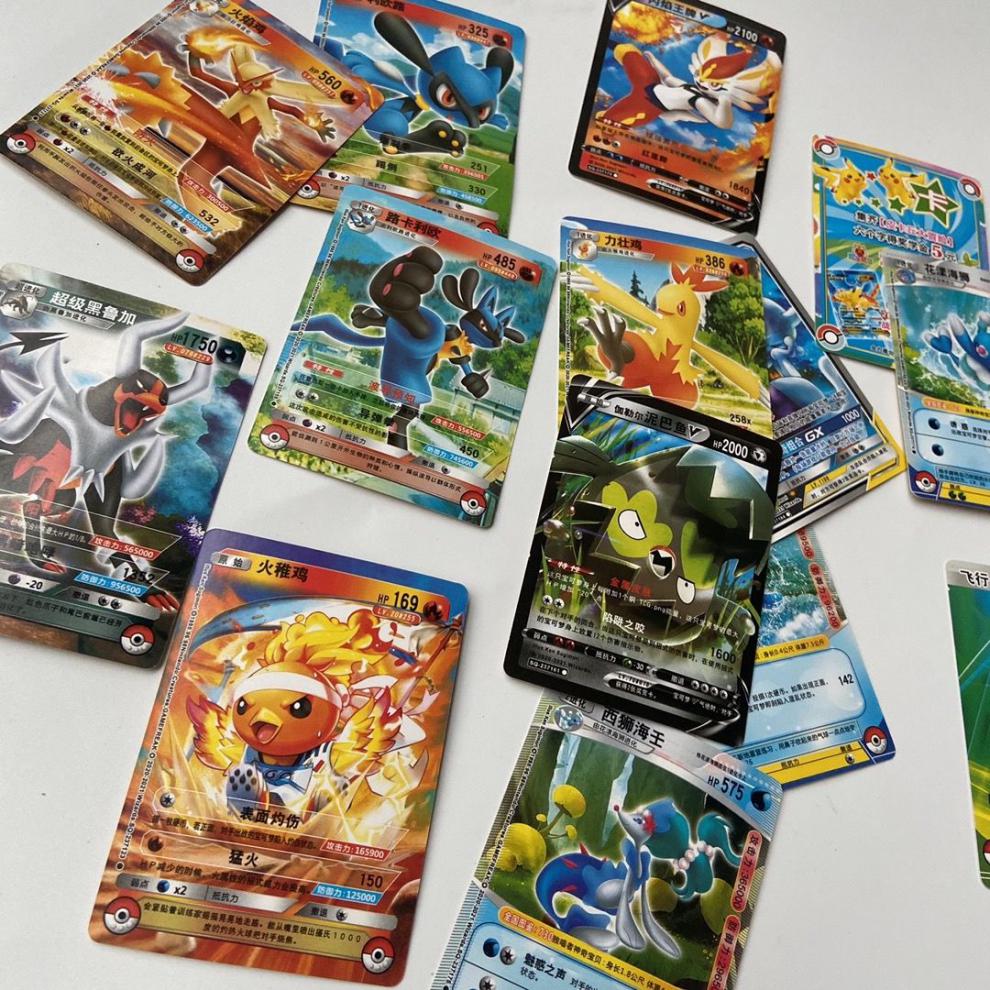
Packaging Machine
Based on the variety of toy packaging types, many require specialized packaging machinery. However, there are also versatile machines that can address a wide range of packaging needs, such as skin packaging machines and VFFS (vertical form fill seal) equipment.
Skin Packaging Machine
Skin packaging machines excel at forming tightly fitted, clear packaging that fully wraps irregularly shaped products like toys. This showcases the item while protecting it from damage.
HFFS Machine
Horizontal Form Fill & Seal Machine, also known as HFFS, is a general solution for packaging in many cases. You just need to arrange the packaging on the conveyor belt. The following video demonstrates how it packs cards.
How to design toy packages better
Status of Currently Existing Research on Children’s Toy Packaging CMF*
1.1 Analysis of the current situation of children’s toys packaging CMF in the market
CMF (Color, Material & Finish) is a design sub-discipline, based on aesthetics, and innovation as a criterion, through the design of the combination of colour/material/process, to give the product new qualities and specifications.CMF contains three major parts: front-end trends, mid-end design, and back-end transformation.CMF is a design sub-discipline, which involves material science, colour, engineering, psychology, aesthetics, etc. It is a combination of various disciplines, fashion trends, psychology and aesthetics, and it is the most important part of the design process. CMF is a design sub-discipline involving material science, colour science, engineering, psychology, aesthetics, etc. It is a cross-product of various disciplines, fashion trends, engineering technology, innovative materials, and aesthetic concepts.
At present, children’s toy packaging design tends to be colourful in colour. The first visual effect of children’s toy packaging is colour, and the colour of children’s eyes is far more colourful than the adult world. The famous American designer Walter Stern said in his book “The Power of Packaging”: “The power of packaging depends largely on how the colours are reconciled and contrasted. In the shop to be lively and eye-catching, buy a home to be soft and not harsh.” This is a very good quote. This paragraph is a very incisive summary of the colour contrast and harmony in the children’s toy packaging design can not be ignored. The most obvious feature of the phenomenon of colourful children’s toy packaging is the use of contrasting and bright colours in packaging to attract children’s attention, rather than the use of large areas of dark colours. Fisher-Price Fisher-Price, an American brand of toys for babies and young children, has a steady sales volume of its toys that ranks among the top in the global market. The design features of each of its toys are aesthetics, fun, educational, safety, environmental protection and so on one. Figure 1 shows some of the classic toy packaging designed by Fisher-Price. These toy packages are colourful, and lively, and the contrasting colours are very bold and distinctive, attracting children’s curious eyes and convincing parents to pay for them.
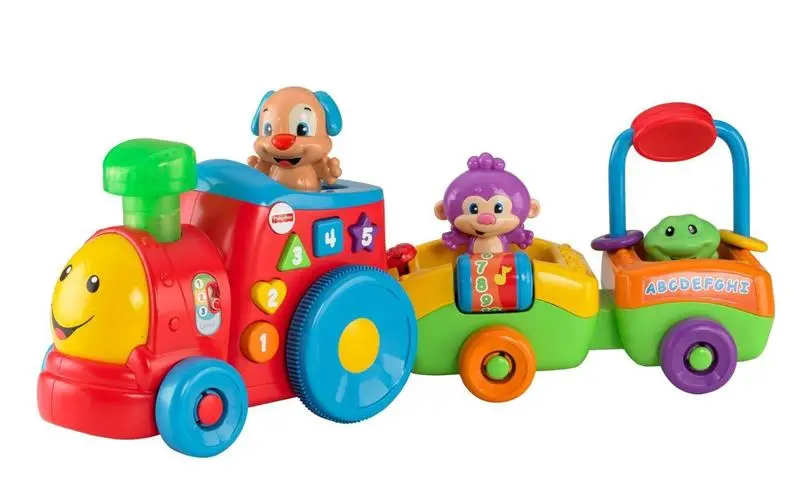
(Figure 1 Fisher-Price toy packaging)
1.2 Analysis of the advantages and disadvantages of the existing children’s toy packaging material process
In terms of material, new materials and environmentally friendly materials in toy packaging are also constantly developing and innovating. In modern children’s toy packaging materials, most of the use of micro-fine corrugated cardboard, because of its strong colour plasticity, good printing suitability, good compressive properties, excellent cushioning effect, reduced volume of the packaging, production costs and easier of recycling and regeneration. In addition, corrugated toys with their strong, lightweight, environmentally friendly features are increasingly loved by children, can use their waste plus some of their own DIY elements, on the basis of the original development of more new ways to play, so that toys and toys packaging recycling and fun greatly improved. But there are also obvious shortcomings, the product in the transport logistics process, a variety of inevitable natural factors (temperature, humidity, sunlight, harmful substances, biological, etc.) damage. Therefore, we must strictly require the packaging of moisture, temperature resistance, printing suitability and the use of the process of paper-plastic re-sealing solvent residue control, etc., only in this way can maintain the integrity of the product in the logistics process and its own security.
Consumer psychology analysis of children’s toy packaging
Children’s consumer psychology is not innate, but more by the influence of acquired environmental factors. Children at a younger age, the consumer psychology is not fully equipped. Children at this stage seek the help of their parents in purchasing toys. There are probably several influencing factors for children’s consumer psychology:
2.1 Colour factor. The strongest expression in the child’s senses is colour sensitivity. Brightly coloured, richly coloured toy packaging, can fully attract children, thus causing them to pay attention to the desire to buy to the final decision to buy behavior.
2.2 curiosity. Children’s own nature to new things have a strong curiosity. Astronomer Karl said that “every child in their early years are scientists, because every child is the same as scientists, the wonders of nature full of curiosity and awe”. The toy itself is a new thing that makes a child curious to manipulate, dismantle, assemble, play with, and possibly empathise with in his hands, and can hold the child’s attention for a long time.
2.3 Herd seeking mentality. Children’s ability to imitate this feature is their commonality, life other children have toys I also want to have. See other children playing with novelty toys, anime popular IP newborn image of the toy series also want to have, which causes the popularity of toys. Often in a period of time a certain type of toys or a certain colour or a certain image is particularly popular, which is the embodiment of the children’s consumer psychology of seeking the masses.
2.4 Popularity factor. In the context of “Internet +”, the media information is convenient to disseminate at the same time, children’s information sources are also more and more extensive, while children’s consumer psychology is also affected by the media information. Some animated images, animated elements, children have seen in the cartoon, seen in the advertising campaigns, in the choice of toys will be preferred. For example, see Thomas the cartoon derived from the train toys, stationery, books and so on. These are all cases of successful design and marketing of animation derivatives.
So in the children’s toy packaging design, it is necessary to grasp the different children’s psychology and group needs in a timely manner, so that we can design a toy packaging that can attract children’s attention.
Analysis of children’s perceptions of CMF
3.1 Analysis of children’s feelings towards colours
According to the relevant research of psychologists: the first reaction of people to perceive the external world is colour. Colour is the most sensitive and responsive of the visual elements, with a preemptive effect. Visual organs in the initial observation of the object within 20 seconds, there are 80% of the colour feeling, the rest of the modelling feeling; 2 minutes later, the colour accounted for 60%, modelling accounted for 40%; 5 minutes later, the two accounted for half. Therefore, colour should be given special attention in toy packaging design. Experiments have proved that children in early childhood prefer bright and vivid colours, especially strong and exaggerated colours. At the age of 4 years 65% of children can feel the warmth and coldness of colours. A comparison of 10 colours, including red, orange, yellow, green, blue, purple, brown, black, white and grey, showed that they preferred red, yellow and green and were less sensitive to black, grey and brown. Therefore, the design for this stage of the children should not apply a large area of dark colours, should be more use of high brightness and high purity colours. Studies have shown that the differences in children’s colour preferences between the ages of 1 and 5 are not significant, but after the age of 6, they also show gender differences. Males prefer yellow and blue, followed by red and green; females prefer red and yellow, followed by orange, white and blue. Girls, who are full of fun, prefer lighter colours, while boys find darker or heavier shades more suitable for them. Children as they grow older, will gradually like bright, contrasting colours change to soft, coordinated direction. Therefore design colour contrasts for older children should be adjusted accordingly.
Colour is an extremely expressive emotional language, the expression of this emotion regardless of gender, regardless of age. Therefore, in order to attract children’s attention to win children’s love, the importance of children’s colour psychology in the design is no doubt **. Design of toy packaging colour process in all to follow the established art aesthetic principles, but the characteristics of the toy itself can not be ignored. In order to give growing children a clear colour perception, and stimulate the imagination, cartoon elements are widely used in the design of toy packaging, the choice of colours should also be given full consideration and graphic design to achieve consistency, shaping the new, strange, special visual effects.
3.2 Analysis of children’s feelings towards the material process
As the packaging of toys, the selection of different materials both in the sensory and tactile give consumers a very different experience. For example, wood, fabric, silk and other common materials, children through the sense of touch to experience the object thickness, softness, hardness, lightness, roughness and smoothness and other texture. When children’s consumer groups in the purchase of different toys on the shelves, it is impossible to have an in-depth understanding of the function and quality of the toy. Children’s consumer groups purchase desire to some extent depends on the shape of the toy packaging, colour, feel and a series of visual and delicate tactile psychological interpretation and emotional experience. Visible toy packaging design should not only have the actual protection function, and enhance the brand image of toys, successful packaging materials should be able to in the children’s first close contact with the packaging materials, will be able to release its own comfortable tactile properties. The use of material types, shapes, texture and its characteristics are to be delivered in Children’s toy packaging design, emotional communication and ultimately produce a meeting point, which in turn prompted the purchase of psychological.
The use of materials, should focus on the consideration of safety, environmental protection. Designers must have a full understanding of the material and accurate expression of the inherent characteristics of the material combined with modern processing technology, the performance of the product packaging of the inner beauty and visual beauty.
Application of CMF Design for Toy Packaging for Children
4.1 CMF research on toy packaging for children’s consumer intentions
First of all for children’s consumers on the toy packaging colour preference degree of research, research objectives are divided into three age stages. Through the actual investigation of the toy market found that children’s toy packaging should be designed according to the psychological characteristics and behavioural characteristics of different age levels. Through the 12 pairs of children and children’s parents as the research object. General children’s age level can be divided into three stages, to Guangzhou, Shenzhen and other cities of large toy stores as a location, take 100 parents of boys and girls and 100 children’s parents for the survey. The survey results show that for 0-3 pairs of infants and toddlers. This stage of the child is in the stage of learning a variety of actions, like bright colours; for the age group of 4-8 years old, the age of the child can be more exploratory with the help of the hand, the packaging design requirements reflecting the sense of movement, fun. For the age group of 9-12 years old children’s survey shows that this age group of children’s imagination has become increasingly rich, very willing to carry out imitative play activities, packaging design requirements reflect the entertainment.
in the surface treatment and materials, packaging materials for children’s toys need to adapt to the development of the times, low-carbon energy saving, environmental protection, green packaging embodied. Currently the most widely used is paper and plastic packaging, the use of boxes, bottles, bags or barrels and other structures for internal and external packaging, wood is a natural biological materials, with good compressive strength and self-weight, but to do a good job of insect prevention, drying and fumigation treatment before they can be safely used as packaging materials. In addition to the choice of metal, glass, textiles and other materials for design, safety is the primary principle, while environmental thinking is reflected in the design.
4.2. Integration of the overall toy packaging CMF design
The designer’s current design concept is to redesign the children’s toy packaging , analyse and study the needs of different consumer groups, constantly adjust the product structure, and actively develop to meet the needs of different levels of consumption. Abandon inertia thinking, the integration of familiar design methods in the past, not only the pre-product design, late model analysis are used CMF design and evaluation. The principles of CMF-based product design are mainly reflected in the following points:
First, the integrated design approach. CMF product design is mainly developed around three elements, namely: colour, material and process. ① market research, trend analysis, new materials, new technology intelligence collection; ② reference to the toy packaging CMF elements of data collection and analysis; ③ CMF programme design, i.e., the toy packaging as a whole and the local details of the conception and implementation of CMF design solutions. Quality control of materials and accessories. That is, in the toy packaging design and development and production phase of the supplier to provide materials and accessories for CMF quality control.
Secondly, the holistic design approach. refers to the product packaging and products constitute a whole product, playing a function dependent on the existence of the product. Through the “accumulation of quantity”, through the CMF toy packaging designer’s integration, will be refined by the colour, group, material and processing technology, according to the actual situation of the project, applied to the product, to achieve “qualitative leap”.
Thirdly, the independent design approach. CMF is not to passively use a certain material, but to explore its potential, CMF is to constantly challenge different materials, different processes, different markets, different products to optimise a potential. It is about making products with new functions and making them work together in a synergistic way. At the same time, it effectively establishes the recognisability of the product, and their new functions are not affiliated with the main product. This is what CMF Individualisation design really is. Such a design requires the designer to have a certain degree of design experience and environmental awareness, to be able to be fully familiar with the product, to easily dismantle the packaging in accordance with environmental requirements and to be able to restore it, with a detailed text description, so as to be able to correctly guide the consumer.




